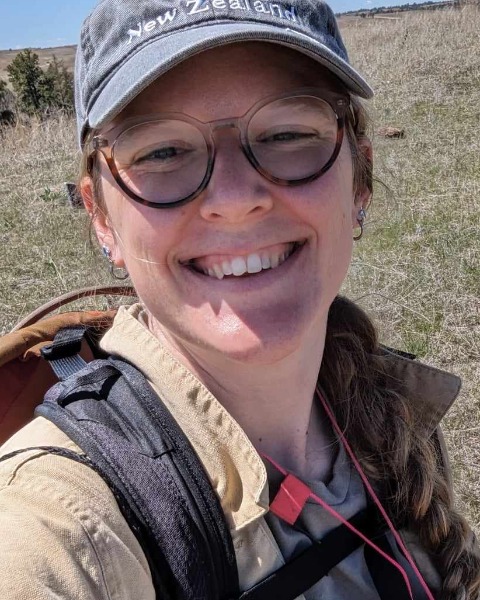Poster
Forest Ecology
Vachellia xanthophloea Regeneration Dynamics in the Makuleke Wetlands of Northern Kruger National Park
Thursday, September 19, 2024
9:30 AM - 10:30 AM MST
Location: McKee Hall

Kianie B. David, n/a
Graduate Research Assistant
University of Nebraska-Lincoln
Lincoln, Nebraska, United States
Poster Presenter(s)
This study examines the regeneration dynamics of Vachellia xanthophloea woodlands in Northern Kruger National Park amidst unpredictable rainfall patterns, herbivory, and disturbances, assessing community structure and the pre- and post-anthropogenic conditions that facilitated the establishment of these woodlands in the wetlands of the Makuleke Contractual Park.
Learning Objectives:
- That sounds excellent. Here it is: Upon completion, participants will be able to describe the ecological role and significance of Vachellia xanthophloea within the Makuleke Contractual Park. This includes their growth patterns, interactions with other species, and responses to environmental changes, which contributes to understanding and management of species in dynamic areas with high disturbance.
- Upon completion, participants will be able to evaluate the effects of herbivory and disturbance on the community ecology of Vachellia xanthophloea in Kruger National Park and analyze how these factors contribute to the overall health and future succession of these woodlands.
- Upon completion, participants will be able to outline the various environmental factors that contribute to the high species diversity in the Makuleke Contractual Park, including the roles of rainfall, floodplain dynamics, soil types, and habitat variety.
- Upon completion, participants will be able to utilize instruments such as GPS, climate monitoring devices, soil moisture meters, clinometers, compasses, and digital cameras to collect and assess ecological data in Kruger National Park while keeping in mind the research guidelines of the nature reserve, which focus on land preservation and wildlife protection.
- Upon completion, participants will be able to reflect on how the data from this research can be applied to preserve biodiversity in other regions around the world, drawing parallels and adapting strategies to enhance global conservation efforts.

